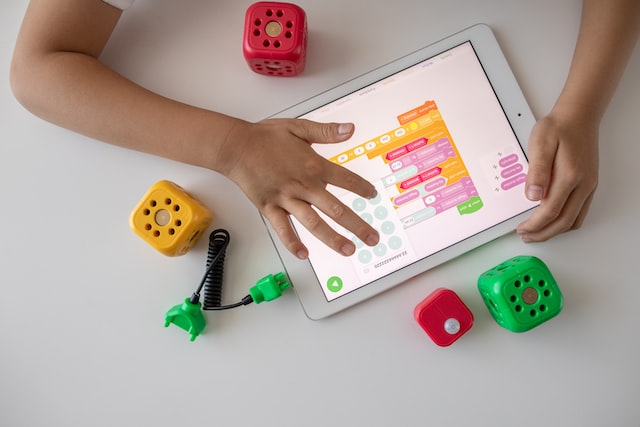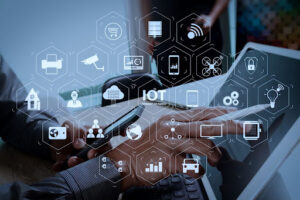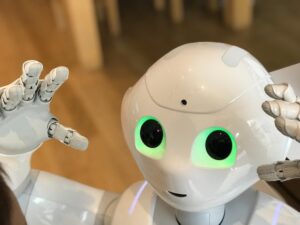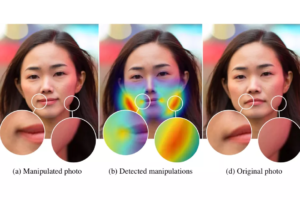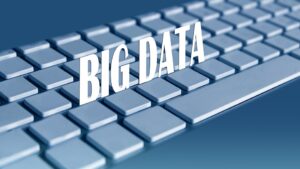Datafication can equip educators with the information and insights they need to implement digital transformation in a way that empowers and supports every student.
Technology offers many opportunities to improve education in terms of access and quality. Data is vital for determining the best ways to integrate technology in the classroom and develop digital transformation strategies that help students succeed.
Datafication in Education: Adapting to Technology
Data already plays a major role in education, allowing school administrators to track important metrics like attendance or standardized testing scores. Schools have undergone a slow but continuous digital transformation for years, integrating more technology in the classroom and using more automated tools.
Datafication is a core part of successful digital transformation in education, well beyond tracking attendance or grade averages. Data can be instrumental in understanding students’ needs and helping educators support them, especially when it comes to digitalization.
For example, children today are exposed to technology and digital education at a much younger age than previous generations. Surveys by Pew Research Center show that by age 4, 64% of children are regularly using a tablet computer. Schools can use data from surveys and diagnostic assessments to adjust kindergarten education and customize digital learning tools for these incoming students.
Datafication is also taking on an increasingly important role as remote learning becomes more common. The COVID-19 pandemic forced many schools to switch to remote learning before they were ready to. However, many parents and students at all levels liked the change. Surveys taken over multiple years show that as of 2022, 53% of Americans believe the quality of online education is equal to or better than in-person learning, up from 37% in 2021.
This data shows students and parents like some aspects of digitizing education. Schools and educators could use further data analysis to understand what specific parts of in-person and online education are most helpful and important to students. This information could help make learning more engaging and accessible in the future while promoting further adoption of digital education tools.
“Data can be instrumental in understanding students’ needs and helping educators support them, especially when it comes to digitalization.”
The Impact of Digital Transformation on Education
Datafication is a crucial part of digital transformation, but why is digital transformation vital for the education sector? There are several reasons why educational institutions must advance their teaching methods and incorporate technology into the classroom at all levels.
One key consideration is the trajectory of the job market. Industry 4.0 is fundamentally changing the kinds of jobs that will one day be available to students. Overwhelmingly, these positions involve working with technology, even roles that don’t require a four-year degree. Digital literacy and skills like coding will be vital for virtually all careers in the future. For example, four of the top seven future-proof college majors heavily involve using or working with technology.
Today’s students are also digital natives, so technology is a big part of how they communicate, collaborate, and interact with the world. Many students find that digital learning gives them more freedom and flexibility. In fact, all types of schools today, from elementary to university and even seminary schools, offer online and in-person learning options to meet the growing demand for virtual education.
Digital transformation is vital for schools to meet the educational needs of students today as well as the style of learning they are connecting with most.
“Digital transformation is vital for schools to meet both the educational needs of students today as well as the style of learning they are connecting with most.”
How Datafication Can Improve the Future of Education
Datafication is instrumental in ensuring digital transformation helps students and meets their unique needs rather than complicating education. Karen Brennan, an associate professor at the Harvard Graduate School of Education, sums up this goal, noting, “My stance on technology is that it should always be used in the service of our human purpose and interest.”
Schools need to adopt new technologies to adapt to changing educational needs. However, they must also ensure they choose the right technologies and methods for their students and communities. Datafication is the key to understanding and identifying those needs.
For example, educators can use datafication to develop new teaching and assessment methods beyond simply digitizing those already used. Data on test scores and most commonly missed questions and question formats could be analyzed to identify the assessment methods most effective with today’s students.
Similar datafication studies could be used to identify how digital assessment methods can improve students’ test performance and study methods.
Research by the World Economic Forum also indicates that technology can help diversify how students access educational resources. Datafication can give school administrators insights into access to technology in their districts, potentially highlighting inequities in technology access that may be holding students back. This offers an opportunity to implement digital transformation in a way that will enable students to succeed where they previously faced a disadvantage.
“My stance on technology is that it should always be used in the service of our human purpose and interest.” – Karen Brennan, Associate Professor at Harvard Graduate School of Education”
Leveraging Data to Improve Education
Educators can use datafication to guide their digital transformation strategies toward specific, unique goals that will support and empower students. Data can also identify disadvantages, shortcomings, and key challenges pupils face that can be resolved by implementing new technologies.
Leveraging the insights of datafication allows educators at all levels to innovate how they teach to improve education for all students, today and in the future.

